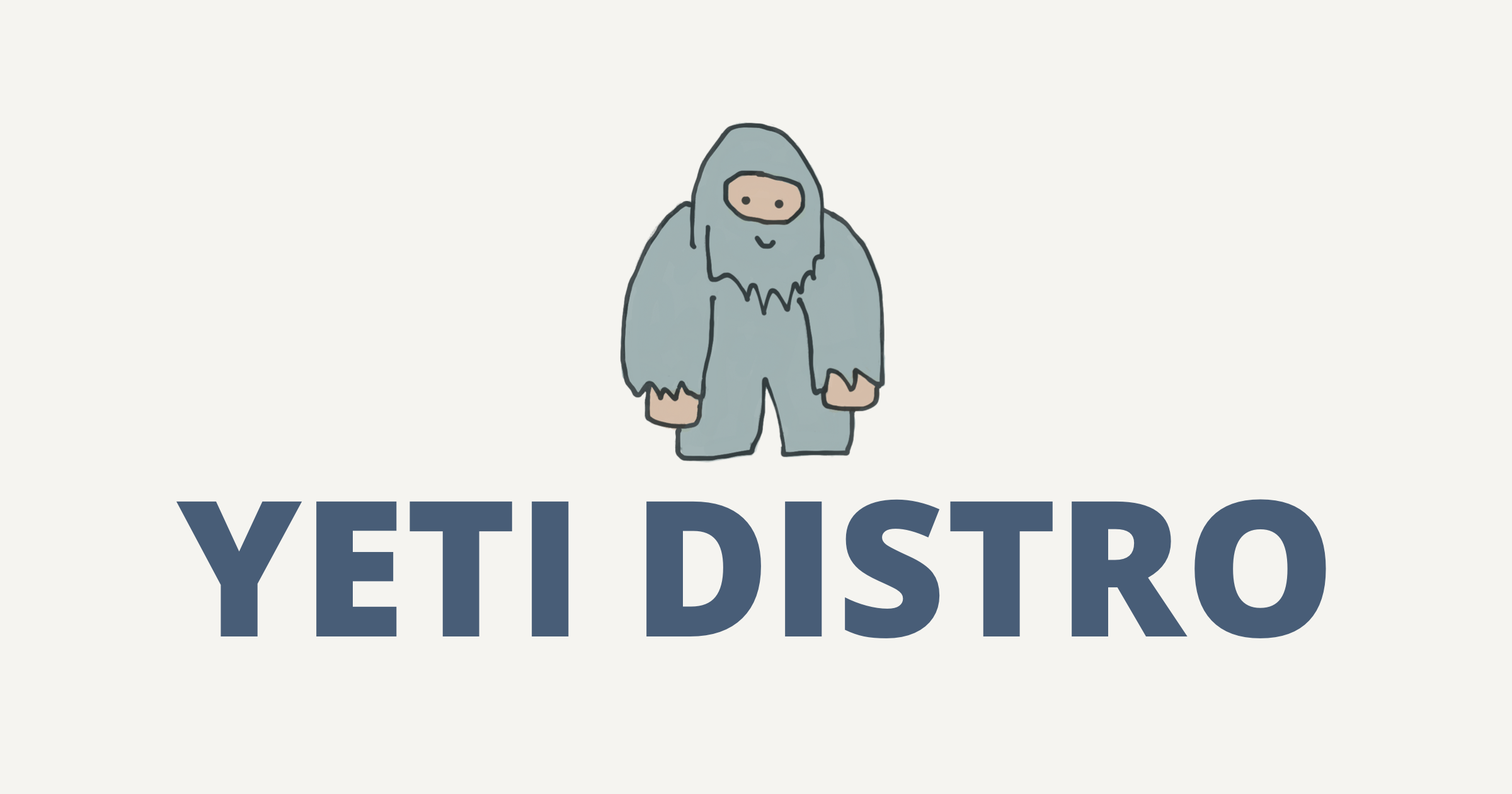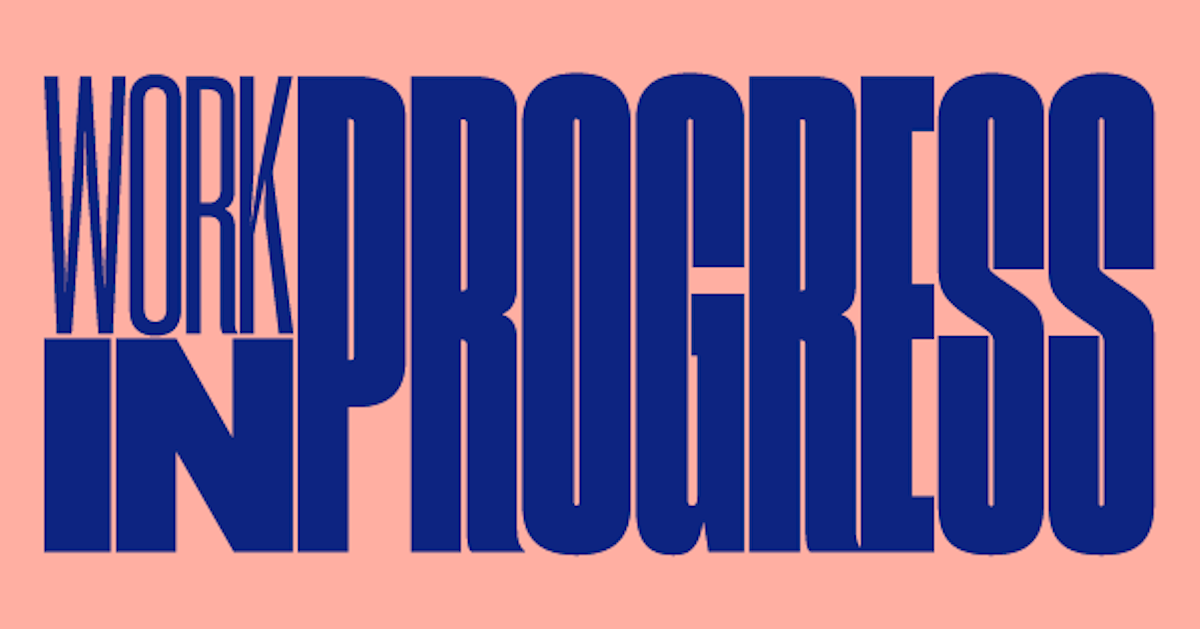Bundle Economics

Intro
Back in the 90s, at Savoy Hotel, London, Jim Barksdale, CEO of Netscape from 1995-1999, said, "Gentlemen, there’s only two ways I know of to make money: bundling and unbundling." Something that was quite funny back then, Barksdale had actually described what was happening all this while and what would happen in future.
Examples of Bundling
When you bundle something, you also unbundle something else. Some examples:
- Cable TV unbundled community antennas and bundled channels into same time slots,
- MP3s unbundled music CDs and bundled different artists,
- Internet unbundled newspapers and bundled access to everything else,
- Netflix unbundled DVDs and VHS tapes and bundled content. This list continues.
Why Bundling Works
One reason why bundling works is that it allows you to refactor and repurpose value. The best example that comes to mind from finance is CDOs. I'll let Mark Baum from The Big Short explain CDOs for you: "So mortgage bonds are dog shit. CDOs are dog shit wrapped in cat shit."
Spotify + Hulu + Showtime
Going off in the same spirit, I didn't quite like how Spotify bundled Hulu and Showtime. All I really wanted was a Spotify subscription. What I really got was Spotify and two streaming services which I rarely even used. It felt like a rip-off but it got me thinking about how clever the bundling strategy of these services is.
Hypothesis (A digression)
My hypothesis is this: As a former Berkeley student (I bought my subscription in college), I think college students are more likely to want to subscribe to Spotify for less than $1.99/month or $0.99/month than to subscribe to Spotify + Hulu + Showtime for $4.99/month. So, one idea that strikes me here is from Nathan Baschez, who says:
The relationship here is very clear: if people have zero demand for most things in yourbundle, it’s a bad idea to try and force abundleon them. But if people have a little demand for everything, and a lot of demand for some things, then abundleis a great idea.
So, college students are essentially looking for some entertainment and music. Since they have a "little demand" for everything, they'd be happy to pay a bit more for Spotify + Hulu + Showtime. But now, as someone who has graduated, I don't find value in passive entertainment from Hulu + Showtime. So, I only want Spotify at a cheaper price than $4.99/month.
Gestalt
The Spotify bundle reminds me of 'Gestalt,' an Austrian and German school of thought which says that anything is 'gestaltic' when "an organized whole is perceived as more than the sum of its parts."
Perhaps I subscribed to the Spotify bundle because somewhere, I felt that the whole gave me much more value than Spotify by itself. Other students might go for the Spotify bundle for different reasons; for example, if they badly want Spotify such that their willingness to pay for Spotify alone is more than their willingness to pay for these services, individually. In other words, if you fall in the green zone for Spotify, the bundle is probably a good idea for you.

It's the same math you do when you go to buy a footlong vs a 6-inch at Subway. Taxes not included, a six-inch veggie patty will cost you $4.25 and a footlong will cost you $6.75. Even though you may not be hungry, you end up buying the $6.75 footlong veggie patty. You think that net "savings" are $1.75 (ie $4.25*2 - $6.75), but really, note how you weren't even looking to get a footlong in the first place.
Subway does an incredibly good job at bundling — in this case — bundling more 'perceived value' into a footlong.
We expect bundles
- Imagine if you had to pay $100 for FaceTime, $100 for iMessage, and even $100 for the Phone app on your iPhone, but that the iPhone were $300 cheaper. You would probably question the idea of buying an iPhone in the first place, because you expect the basic value of an iPhone to be
bundledwith the phone itself, even though there is no difference in the price. This is post-purchase dissonance. Once we have purchased something, we wish that 'something' had more of 'X'. We don't know what 'X' is, but we just want it to have more of 'X'. That's just how the brain works.
How Does Bundling Work?
As I wrote in point 5.1, to see if a bundle will work or not, you have to play around with the 'willingness to pay' and minimize 'deadweight loss.' Let's look at this simple example below. Let's say you have two consumers — A and B.

A is willing to pay $13 for Apple TV and B is willing to pay $13 for Prime Video. Assuming you don't know both A's and B's willingness to pay, you charge $12 to A for Apple TV and $12 to B for Prime. Your total revenue is $24.
In the graphs below, as the 'willingness to pay reduces,' the number of consumers increases. (See demand curves.)
Deadweight loss represents the consumers you could have gotten had you reduced the price more.


Now, if you were to bundle both Prime and Apple TV, and sell them for $14 together, your total revenue would be $28. Assuming that buyers lie on different points on the x-axis, you can stack demand curves together by adding consumers' willingness to pay. So, $13 + $5 would be a 'willingness to pay' of $18 for both Prime + Apple TV. But, the consumer is getting both Prime + Apple TV for $14, which means that the consumer is saving $4 in a bundle, vs $1 in individual packs. The best part, though, is that you get access to a large consumer base, because as you add up the 'willingness to pay,' your demand curve becomes flatter.

So, bundling helps both the entrepreneur and the consumer.
Why does bundling work?
Above all, though, the main reason why bundling works is because it helps expand your customer base, even though you slash prices.

The way we can look at it, bundling allows you to retain tier $T_1$ customers while also giving you access to a broad base of $T_2$ customers. Together, then, $T_1$ and $T_2$ give you more revenue per bundle subscriber as compared to high-revenue of $T_1$ customers.
How to quantify bundling?
- I read about quantifying bundling in a few places and will try to make this whole thing simple.
- Daniel Kahneman showed how people's minds work. Kanheman gave an example of two kinds of travel insurance. Both would cost you $100 but type (A) will cover your death for any incident, but type (B) will only cover your death due to terrorists. But by Kahneman's research, people put a higher price tag on type (B). Let's say they were ready to pay $100 for type A and $200 for type B.
- In other words, the unbundling of travel insurance makes more sense for people than the bundling of all kinds of travel insurance — Anyone will find this bizarre, but here's the thing:
Bundlingand unbundling work in mysterious ways, leveraging insights from the way our minds work. - But let's get back to the original question: How can we quantify
bundlingand its impacts. - So, let's take the case where I sell you the type (A) travel insurance for $100, but with the caveat that your death will be covered for all causes except death by terrorists. If you're like most people, you will probably switch over to type (B) travel insurance, proving to me that the dealbreaker for you is the coverage for death by terrorists. (Reminder: type B travel insurance costs you $200.)
- Now, let's say I am selling my insurance through a third-party broker. The third-party broker further
bundlesmy type B travel insurance with another insurance (type C) of his own. The bundle is now called type Zbundle. - This broker says to you that the Type Z insurance
bundlewill cost you $1K. - Now, to quantify
bundling, I take a wild guess and think to myself, "Hmm, if I don't include type B insurance in the type Z bundle, I think 1M people will not buy the bundle." - So, I tell the broker, "Hey, if I don't include death by terrorists, I think 1M people will not buy your
bundle. You have a total of 10M people buying your bundled insurance (type Z). Give me at least 10% (ie 1M / 10M) of $1K, so that I can realize the actual value my insurance is adding to yourbundle." - Voila! I have quantified the impact of
bundlingtype B insurance with type C insurance. This, friends, is the 'anchor value,' and how we can quantifybundlingfrom a provider's perspective. - Now, let's reverse the roles. If I am the third-party broker and you are selling me type (B) insurance, I will ask the question, "How many more people will buy my type Z
bundleif I sell them the type (B) insurance in mybundle?" So, this is the 'subscriber value' that I get, for which, I can do some simple math, see how much money I make, and then, share the profit with you — win-win for all.
In the many posts that I'll link down below, this concept is technically referred to as 'marginal churn contribution,' (MCC) meaning that we can quantify bundling by MCC, not usage. I like the mathematical expression of this formula, which is this:

In other words, the actual price (or value) of product X in bundle Y is the retail price of bundle Y times the loss of revenue due to the number of subscribers you lose if you unbundle X from Y.
So, take the example of the bundle below. You own the keyboard; I own the bundle.

Let's say the bundle costs $ $150$ instead of $ $180$ (ie 5 + 10 + 15 + 30 + 35 + 40 + 45).
If you were to unbundle the keyboard, I would lose $5$ subscribers to the bundle. Total lost revenue for me = $ $5$ $*$ $ $150$ = $ $750$.
Now, let's say I have a total of 50 subscribers. That's 10% of my subscribers gone, if you unbundle your keyboard.
So, to act rationally, and to make sure you stay in my bundle, I should say, "Okay, you bring a ton of value to my bundle. I'm going to pay you 10% of the bundle cost, ie 10% of $ $180$, which equals $18." So, even though your keyboard will actually cost $15 in the 'free market,' with the bundle, it brings you a value of $3 more, and that's how you quantify bundling, and why bundling works.
WIP
There are more elegant calculations to be done on why bundling works, but these are some of the initial recollections + musings I had after reading a bunch.
References:



